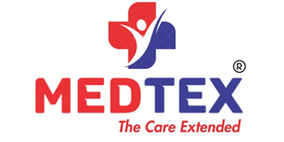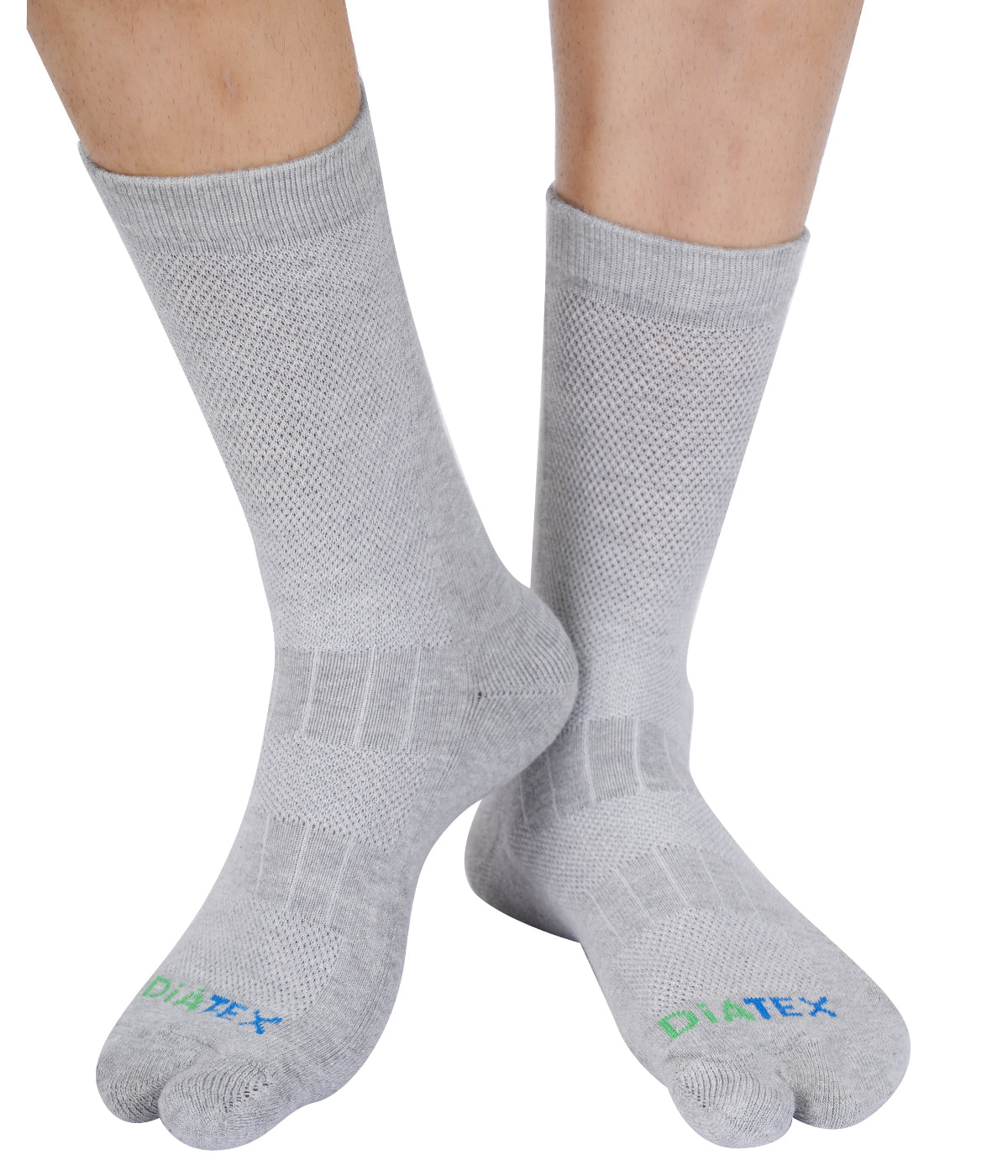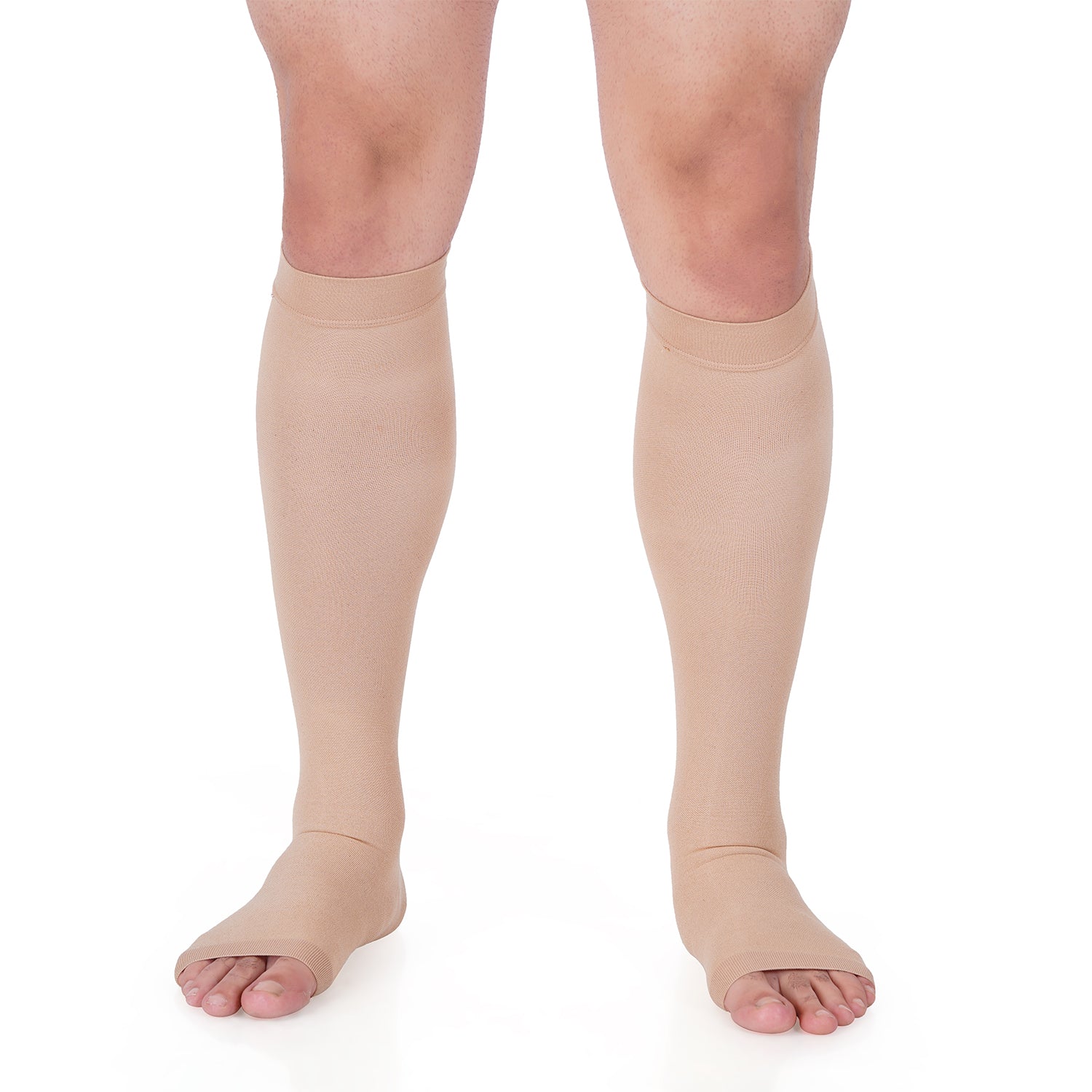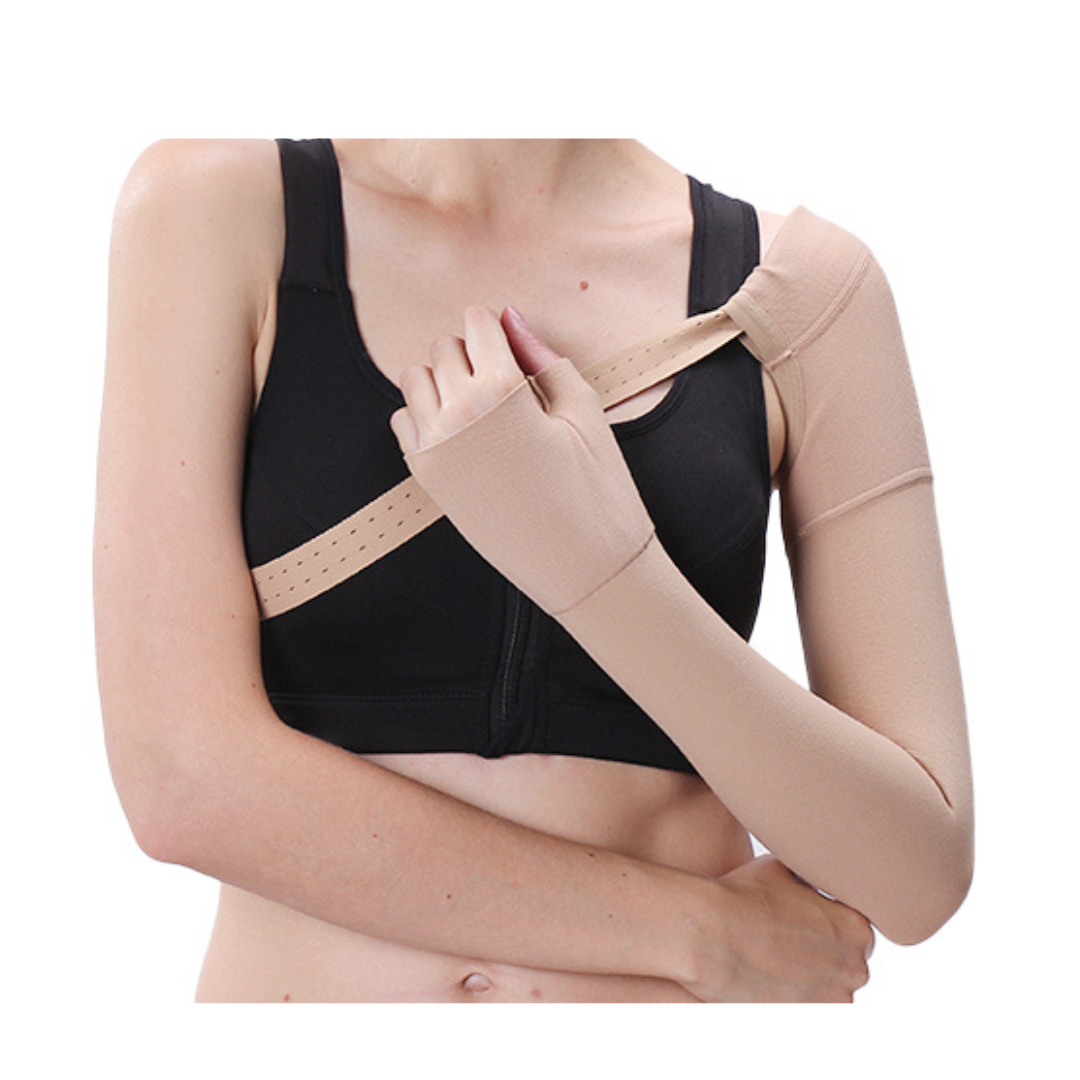Varicose veins and deep vein thrombosis (DVT) are two different conditions that affect the veins in the body, but they have different causes, symptoms, and treatments.
Varicose veins are swollen and twisted veins that are visible just under the surface of the skin. They often appear on the legs and feet and are caused by weak or damaged valves in the veins that allow blood to pool and collect, rather than flowing back up to the heart. Varicose veins can be unsightly, but they are generally not dangerous and may only cause discomfort, such as aching or swelling.
On the other hand, DVT is a serious condition that occurs when a blood clot forms in a deep vein, usually in the leg or thigh. DVT can cause pain, swelling, and redness in the affected area, and if the clot breaks free and travels to the lungs, it can lead to a potentially life-threatening condition called pulmonary embolism. DVT can occur as a result of several factors, including prolonged immobility, injury or surgery, pregnancy, or certain medical conditions.
The treatment for varicose veins usually involves lifestyle changes, such as exercising regularly, elevating the legs, and wearing compression stockings. In some cases, surgery may be necessary to remove or close the affected veins.
The treatment for DVT typically involves the use of blood-thinning medications to help dissolve the clot and prevent it from growing or moving to other parts of the body. In some cases, a medical procedure may be necessary to remove the clot.
In summary, while both varicose veins and DVT involve the veins in the body, they have different causes, symptoms, and treatments. Varicose veins are generally not dangerous but can cause discomfort and unsightly appearance, whereas DVT is a potentially serious condition that requires prompt medical attention to prevent complications.












